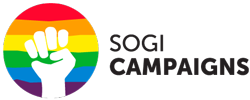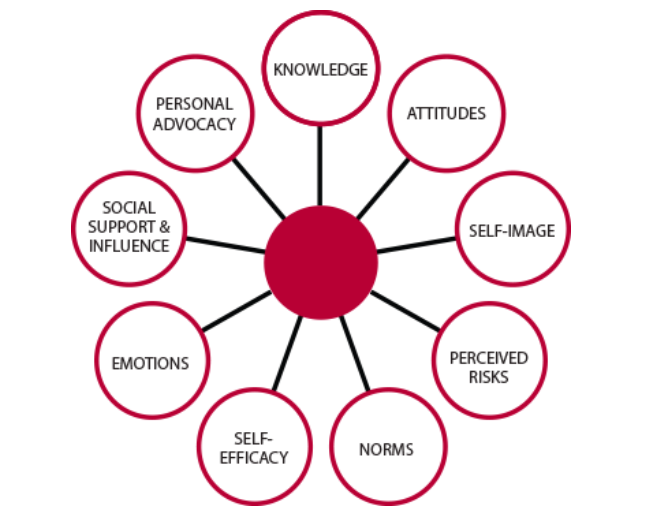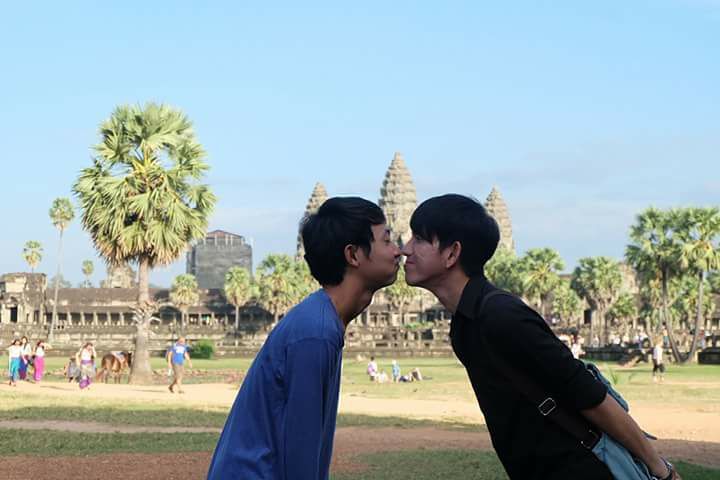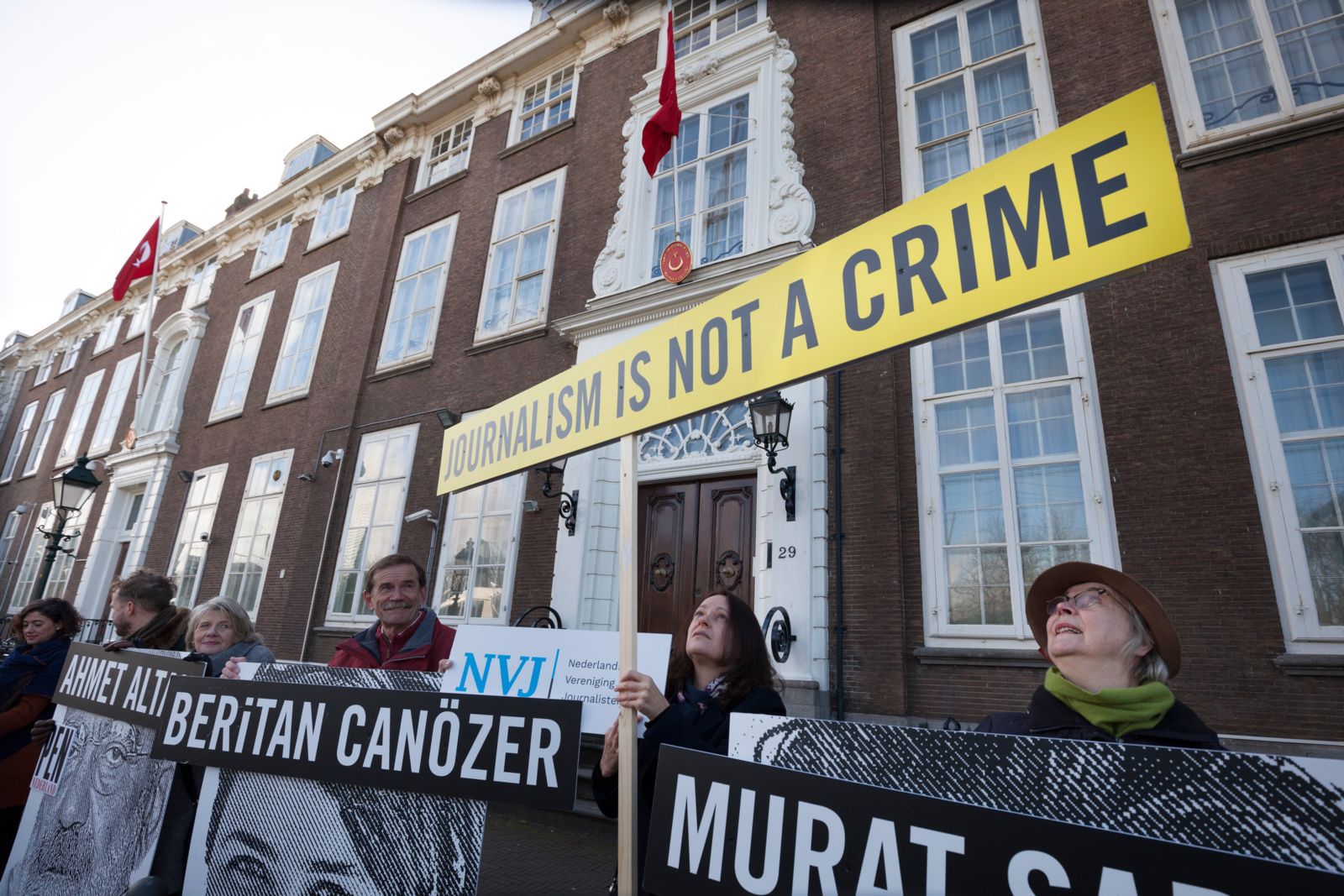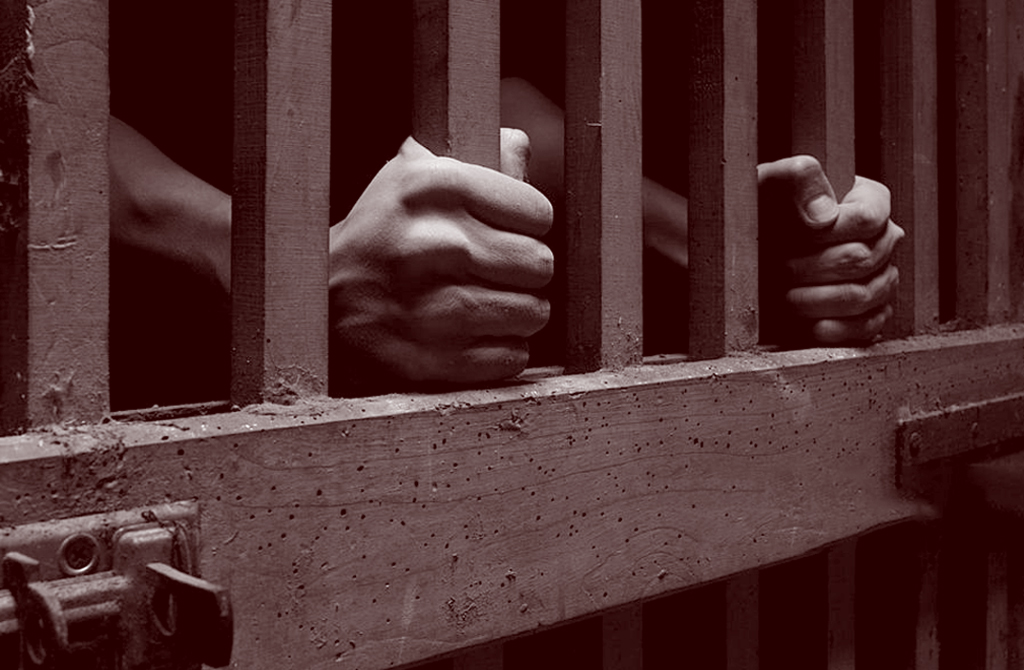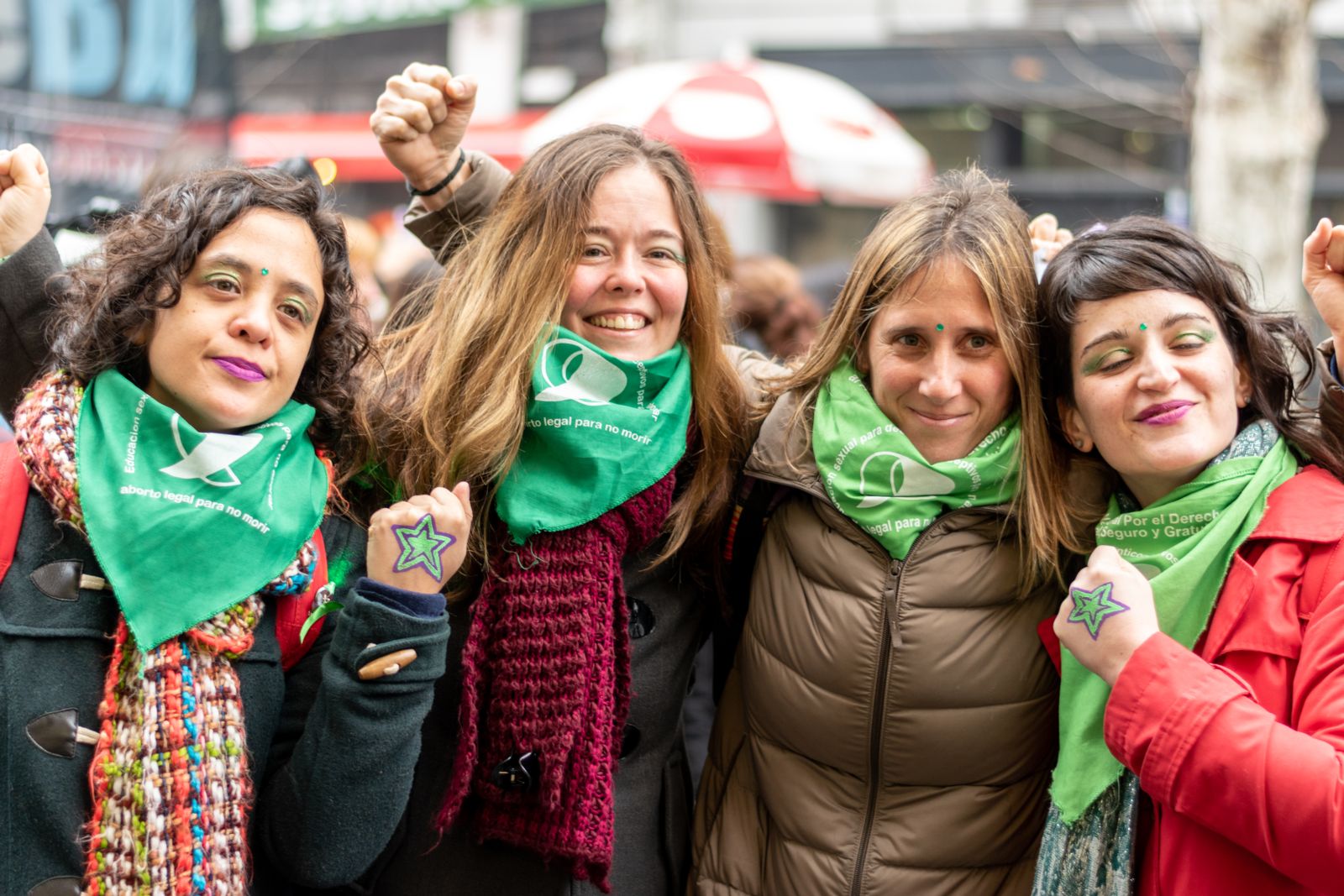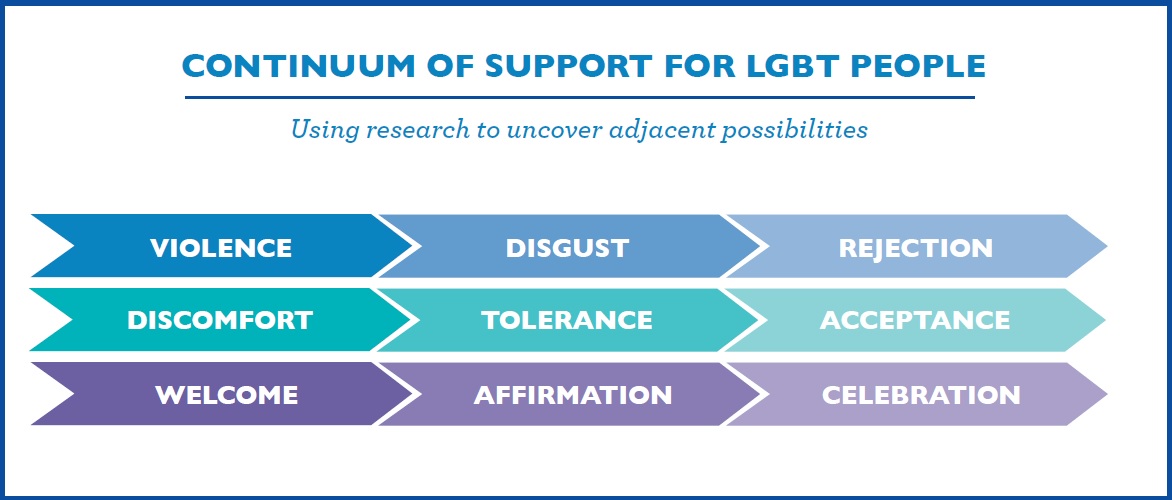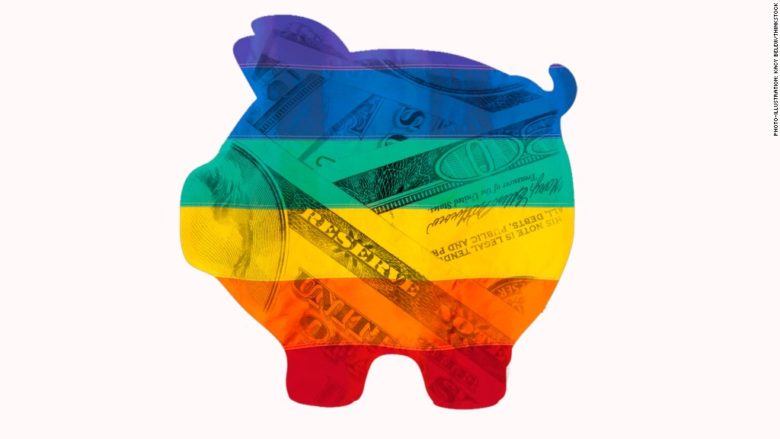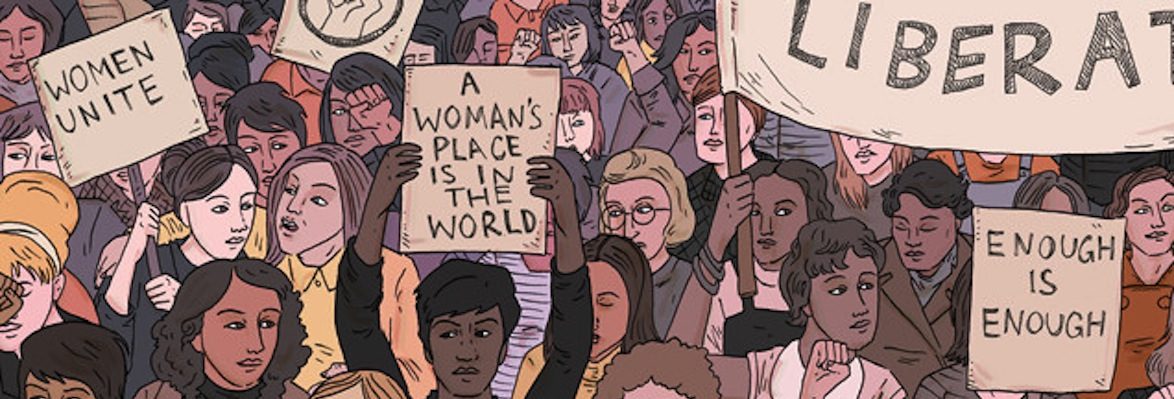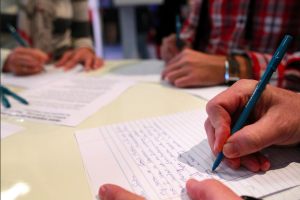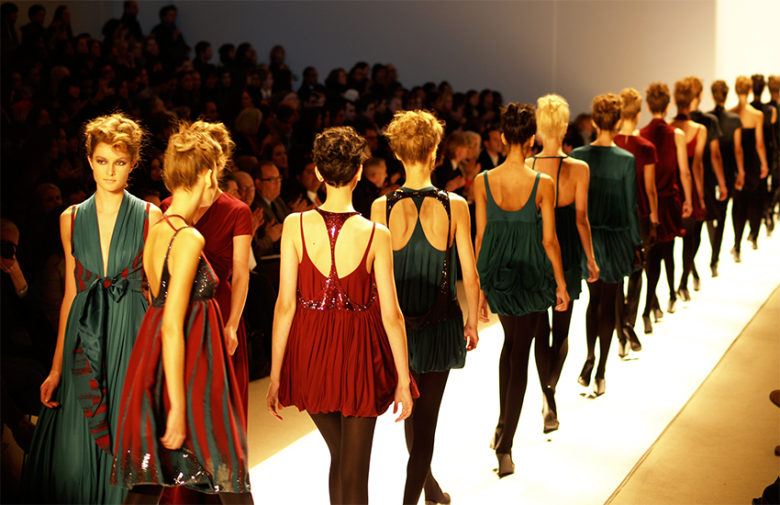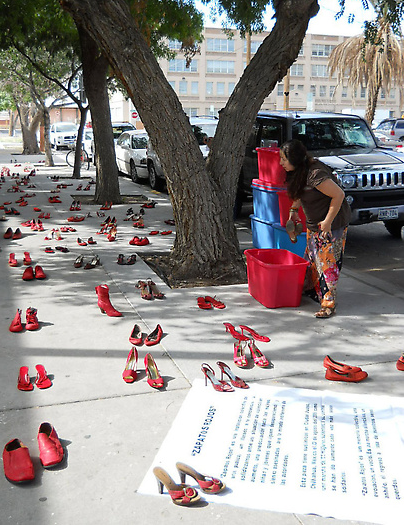How to do an Audience Analysis
This article was curated from COMPASS
An audience analysis is a process used to identify and understand the priority and influencing audiences for a SBCC strategy. The priority and influencing audiences are those people whose behavior must change in order to improve the health situation. A complete audience analysis looks at:
- Socio-demographic characteristics such as sex, age, language and religion.
- Geographic characteristics like where the audience lives and how that might impact behavior.
- Psychographic characteristics such as needs, hopes, concerns and aspirations.
- Audience thoughts, beliefs, knowledge and current actions related to the health or social issue.
- Barriers and facilitators that prevent or encourage audience members to adopt the desired behavior change.
- Gender and how it impacts audience members’ behavior and ability to change.
- Effective communication channels for reaching the audience.
Why Conduct an Audience Analysis?
An audience analysis informs the design of materials, messages, media selection and activities of a SBCC strategy. It establishes a clear, detailed and realistic picture of the audience. As a result, messages and activities are more likely to resonate with the audience and lead to the desired change in behaviors.
Who Should Conduct an Audience Analysis?
A small, focused team should conduct the audience analysis. Members should include communication staff, health/social service staff and, when available, research staff.
Stakeholders should also be involved throughout the process. Consider effective ways to engage stakeholders to gain feedback and input, including: in-depth interviews, focus group discussions, community dialogue, small group meetings, taskforce engagement and participatory stakeholder workshops.
When Should Audience Analysis Be Conducted?
An audience analysis should be conducted at the beginning of a program or project, in conjunction with a situation analysis and program analysis. The team should start thinking about the audience during the desk review and fill in any gaps during the stakeholder workshop. It is part of the Inquiry phase of the P Process.
Estimated Time Needed
Completing an audience analysis can take up to three to four weeks. When estimating time, consider the existing audience-related data, what gaps need to be filled and whether additional stakeholder or audience input is needed. Allow for additional time if formative research is needed to fill in any gaps that may exist in the literature.
Learning Objectives
After completing the activities in the audience analysis guide, the team will:
- Determine the priority audience.
- Determine the influencing audience(s).
- Describe the priority and influencing audience(s).
- Develop an audience profile for each priority and influencing audience(s).
Prerequisites
Steps
Step 1: Identify Potential Audience(s)
To address the problem statement and achieve the vision decided upon during the situation analysis, brainstorm and list all potential audiences that are affected by or have control over the health or social problem. For example, if the problem is high unmet need for family planning, potential audiences may be:

Step 2: Select the Priority Audience
An effective SBCC strategy must focus on the most important audience. The priority audience is not always the most affected audience, but is the group of people whose behavior must change in order to improve the health situation. The number of priority audiences depends mainly on the number of audiences whose practice of the behavior will significantly impact the problem. For example, priority audiences may be:

To identify the priority audience(s), keep in mind the vision and health or social problem. Then consider:
- Who is most affected
- How many people are in the audience
- How important it is that the audience change their behavior
- How likely it is that the audience will change their behavior
- Who controls the behavior or the resources required for a behavior change
Step 3: Identify Priority Audience Characteristics
Identify the socio-demographic, geographic and psychographic characteristics of each priority audience. Include their communication preferences and other opportunities to reach them.
Organize priority audience information in a table (see Audience Characteristics and Behavioral Factors Template under templates).
Step 4: Identify Knowledge, Attitudes and Practices
Understand what the priority audience knows, thinks, feels and does about the problem in order to determine the audiences’ stage of behavior change. This allows the program to tailor messages and activities based on the audience’s knowledge, beliefs, attitudes and behaviors.
There are a number of ideational factors that commonly influence individual behavior and should be considered when examining the audience’s knowledge, attitudes, beliefs and behaviors.

The situation analysis, stakeholder workshop and any additional quantitative or qualitative research will indicate what the priority audience currently does in reference to the problem and what the audience knows, thinks and feels about the problem or desired behavior. Keeping in mind the ideational factors, examine that research to understand each priority audience. Ask questions such as:
- What does the priority audience already know (knowledge) about the problem?
- How does the priority audience feel about the problem (attitude)?
- How does the priority audience see their role with respect to the problem (self-image)?
- Does the priority audience feel at risk of having the problem? How at risk do they feel (risk perception)?
- What are the community’s beliefs and attitudes toward the health problem (social norms)?
- How capable does the priority audience feel about being able to take action to address the problem (self-efficacy)?
- What emotional reaction does the priority audience have towards the health problem (emotions)?
- What level of support does the priority audience believe they would receive from family members or the community (social support and influence)?
- How capable does the priority audience feel about discussing how to reduce the problem (personal advocacy)?
Add this information to the table (see Audience Characteristics and Behavioral Factors Template under templates).
Step 5: Identify Barriers and Facilitators
It is crucial to know what prevents or encourages the priority audience to practice the desired behavior. Identify barriers and facilitators of change in the literature and list them in the table (see Audience Characteristics and Behavioral Factors Template under templates).If the desk review does not adequately identify behavioral factors, conduct additional qualitative research (interviews, focus groups) with members of the priority audience. Some important barriers to consider include:
- Habit: People are comfortable doing things the same way they have always done them.
- Fear: People expect change to bring negative consequences.
- Negative experience: Some audiences may have had a bad experience, such as with the health care system, and thus may be cynical or resistant to change.
If the desired behavior requires adopting/utilizing products or services, consider issues of availability, accessibility, affordability and acceptability.

Step 6: Consider Audience Segmentation
Audience segmentation is the process of dividing the priority audience into sub groups according to at least one similar characteristic that will affect the success of the SBCC effort. Look at the selected priority audience and decide if it is similar enough that it can be effectively reached by the same set of channels, messages and interventions. Ask the following questions about the priority audience to decide if segmentation is necessary:
- Are any audience members particularly difficult to reach, requiring a different set of channels?
- Do any audience members have distinct views or concerns about the problem?
- Do any audience members require a different message to reach them effectively?
- Are any audience members at greater risk?
If yes, the audience may need to be segmented further. See the audience segmentation guide for more information on how to identify and prioritize audiences so that messages and interventions can be most effectively targeted.

Some urban women of reproductive age may have different concerns or views about family planning. One group might be afraid of side effects while another group does not use family planning because they do not know where family planning services are available. These groups would require different messages and interventions and should be segmented if resources allow.
Step 7: Identify Key Influencers
Based on the priority or segmented audience, identify the key influencers. Search the situation analysis, stakeholder workshop and any qualitative research findings for indications of who strongly influences the priority audience’s behavior (see Audience Focused Literature Review Chart Template under templates). Influencers can be individuals or groups. Their different roles – as friends, family, leaders, teachers, health providers and of course, the media – often determine their level of influence. Consider the following factors to help identify influencing audiences:
- Who has the most impact on the priority audience’s health-related behavior and what is their relationship to the priority audience?
- Who makes or shapes the priority audience’s decisions in the problem area?
- Who influences the priority audience’s behavior positively and who influences it negatively?
Step 8: Organize Influencing Audience Information
For each influencing audience identified, search the literature to identify information about them and their relationship to the priority audience. Look for:
- How strongly the group influences the priority audience
- What behaviors they encourage the priority audience to practice
- Why they would encourage or discourage the desired behavior
- How to reach them
Organize information on influencing audiences in another table for later use in the SBCC strategy (see Influencing Audiences Template under templates):
Step 9: Develop Audience Profiles
Review the notes about each audience and try to tell the story of that person. Audience profiles bring audience segments to life by telling the story of an imagined individual from the audience.
The audience profile consists of a paragraph with details on current behaviors, motivation, emotions, values and attitudes, as well as information such as age, income level, religion, sex and where they live. The profile should reflect the primary barriers the audience faces in adopting the desired behavior. Include a name and photo to help the creative team visualize who the person is. Answers to the following questions can lead to insightful profiles that help the team understand and reach audiences more effectively:

The audience profiles will feed directly into the creative brief process and will be an integral part of the SBCC strategy. See the Samples section for an example of an audience profile.
Templates
Audience Characteristics and Behavioral Factors Template
Audience-Focused Literature Review Template
Samples
Tips & Recommendations
-
Talk to audience members. Do not rely solely on the project team’s beliefs or what program staff and health workers say or assume about the audiences.
-
Put yourself in the audience’s shoes. To truly understand what audiences know, think and feel, set aside assumptions and preconceived notions.
-
Work in teams. The collaboration among team members (four or five people recommended) will provide richer and deeper insights into the issues. If possible, include people who have direct experience working or living in the community.
-
Find other ways to gather information. It is important to recognize that some documents may have information gaps that will require additional inquiries (formative research) to fully understand the potential audience. Interviews with local experts (e.g. medical and public health staff) can help explain the issue and identify those most at risk or affected by it.
-
Incorporate the communication channels prioritized during the stakeholder workshop. Also consider other opportunities to reach audiences, such as places (e.g., schools, clinics) and events (e.g., health fairs, community events). SBCC strategies can take advantage of such opportunities to connect with audience members about the topic.
-
The priority audience’s perception about how the community views an issue may differ from how the community actually views the issue. The perception of what the family/community thinks often will be the deciding factor when it comes to taking a health action. This can prevent the individual from taking the best action. Addressing the misperceptions with your program or campaign could lead to a more successful behavior change intervention than one that does not address misperceptions.
-
Audience profiles should represent the experience of real people. This will help the program team better understand the audiences they are trying to reach and ensure that audience members see themselves in the messages developed for them.
-
No two audience profiles should look the same; the best profiles use qualitative research as a source. Profiles are living documents that should be updated when new information becomes available.
Lessons Learned
- Designing messages and activities with shared characteristics in mind increases the likelihood of audience members identifying with the issue and feeling able to address it.
Glossary & Concepts
- Priority audience refers to a group of people whose behavior must change in order to improve the health situation. It is the most important group to address because they have the power to make changes the SBCC campaign calls for. Sometimes this is also referred to as the intended audience.
- An influencing audience is made up of those people who have the most significant and direct influence (positive or negative) over the priority audience. The influencing audience can exist at different levels: at the family level, community level (e.g. peers, relatives, teachers, community or faith-based leaders) or national or regional level (e.g. policy makers, media personnel, government leaders).
- Demographic information is statistical data (e.g. age, sex, education level, income level, geographic location) relating to a population and specific sub-groups of that population.
- Psychographics are the attributes that describe personality, attitudes, beliefs, values, emotions and opinions. Psychographic characteristics or factors relate to the psychology or behavior of the audience.
- Ideation refers to how new ways of thinking (or new behaviors) are diffused through a community by means of communication and social interaction among individuals and groups. Behavior is influenced by multiple social and psychological factors, as well as skills and environmental conditions that facilitate behavior.
- Ideational factors are grouped into three categories: cognitive, emotional and social. Cognitive factors address an individual’s beliefs, values and attitudes (such as risk perceptions), as well as how an individual perceives what others think should be done (subjective norms), what the individual thinks others are actually doing (social norms) and how the individual thinks about him/herself (self-image). Emotional factors include how an individual feels about the new behavior (positive or negative) as well as how confident a person feels that they can perform the behavior (self-efficacy). Social factors consist of interpersonal interactions (such as support or pressure from friends) that convince someone to behave in a certain way, as well as the effect on an individual’s behavior from trying to persuade others to adopt the behavior as well (personal advocacy).
- Gender refers to the socially and culturally constructed roles and responsibilities deemed appropriate for men and women. Such constructions influence how males and females behave. In many cases, the way a community defines gender roles and expectations disadvantages women and girls. For example, if community norms dictate that boys should eat meat and vegetables while girls get rice and porridge, mothers will have difficulty ensuring that girls get enough of the right foods to be healthy.
- Barriers to change prevent or make it difficult to adopt a behavior. Barriers come in many forms – emotional, societal, structural, educational, familial, etc.
- Facilitators of change make it easier to adopt a behavior. As with barriers, they can take many forms.
Resources and References
Resources
A Field Guide to Designing a Health Communication Strategy
Conducting a Social Marketing Campaign
References
- O’Sullivan, G.A., Yonkler, J.A., Morgan, W., and Merritt, A.P. A Field Guide to Designing a Health Communication Strategy, Baltimore, MD: Johns Hopkins Bloomberg School of Public Health/Center for Communication Programs, March 2003.
- The Market Pro. Knowing Your Audience – Demographics and Psychographics.
- UNICEF (2008). Writing a Communication Strategy for Development Programmes: A Guideline for Programme Managers and Communication Officers.
- The Health Communication Unit, Centre for Health Promotion. Online Health Program Planner. University of Toronto.
